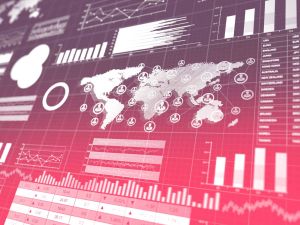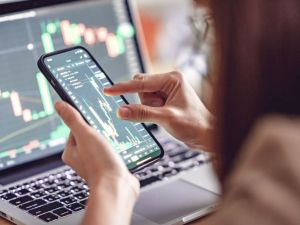Investors often rely on exchange-traded funds (ETFs) and passive mutual funds to achieve the performance of a market index without incurring the fees associated with active stock picking.
What is tracking error?
Tracking error is a performance measure tracking the difference between the return fluctuations of a fund and those of its corresponding benchmark. For investors, tracking error is often used to evaluate the activity of fund managers, as well as forecast portfolio performances.
The lower this number is, the better: whenever a tracking error is high, this may signal that the fund manager has not taken the correct level of risk, producing either an unexpected loss or profit.
Tracking error within an ETF
The tracking error of ETFs is typically lower than other types of funds; this is one of the reasons MoneyFarm uses ETFs to build investment portfolios.
In some situations, a fund does not hold all of the securities that make up the index, and this can cause tracking error to be higher. For example, a global bond index could be made of 2,000 bonds, but not all of these are traded. An ETF might hold 200 or so of these, and is not therefore an exact replication. The ETF would replicate the same exposure but not the exact composition of the index. There are a number of reasons why an ETF may not hold all securities:
- Cost
- Difficulties in creating and redeeming the shares
- Liquidity – some stocks are not liquid enough to be bought by a fund without impacting the stock price.
To see how MoneyFarm selects ETFs download our Investment Strategy
Why not invest in the original stock?
To remove tracking error completely an individual could try to replicate the index themselves by investing in the original stock. However, to replicate an index such as the FTSE100 in the same way as the ETF, an individual would need around £100,000. With an ETF you could have a slice of the FTSE100 for £150. Additionally, if you were to buy the original stocks you would then be subject to stamp duty, which could impact your real returns.
Photo by Debby Hudson on Unsplash
*As with all investing, financial instruments involve inherent risks, including loss of capital, market fluctuations and liquidity risk. Past performance is no guarantee of future results. It is important to consider your risk tolerance and investment objectives before proceeding.





